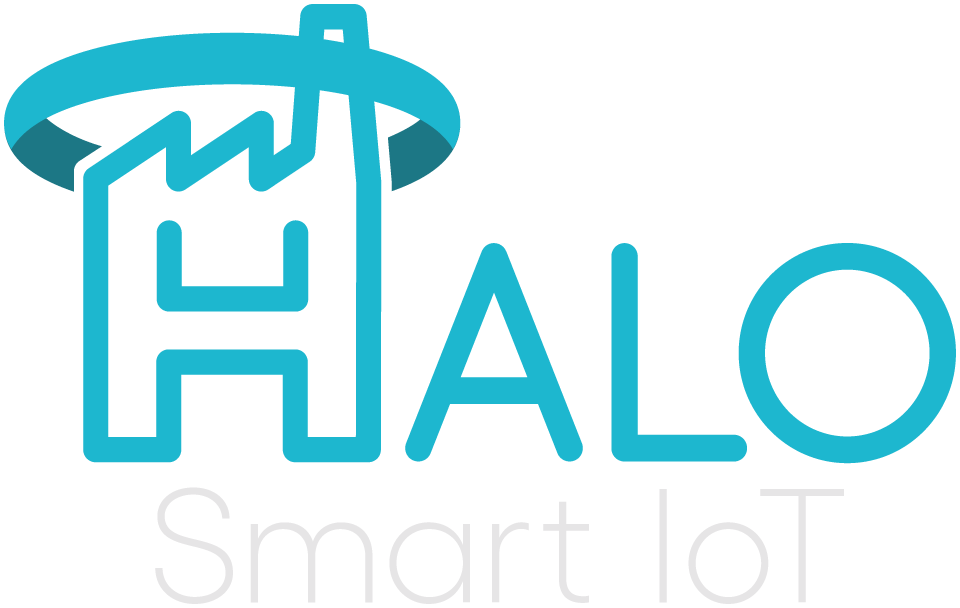Managing residential tenanted properties can be a complex and costly task, particularly when it comes to maintenance and repairs. Traditional reactive maintenance—where landlords and property managers only address issues once they become critical—can lead to unexpected expenses, tenant dissatisfaction, and prolonged property damage. However, with the advent of predictive maintenance powered by Halo Smart IoT, landlords and housing providers can save costs, improve efficiency, and enhance tenant satisfaction by identifying and addressing issues before they escalate.
What is Predictive Maintenance?
Predictive maintenance leverages real-time monitoring and data analytics to foresee potential issues in a property’s infrastructure, enabling landlords to take preventive action before problems worsen. By integrating smart sensors and IoT technology, predictive maintenance can monitor critical aspects of a property, such as:
- Heating and boiler performance
- Humidity and damp conditions
- CO2 and air quality levels
- Energy consumption and insulation effectiveness
- Water leaks and pipe condition
Instead of relying on routine inspections or waiting for tenants to report faults, predictive maintenance uses real-time data from Halo Smart IoT devices to provide insights into a property’s condition, allowing landlords and housing providers to reduce costly emergency repairs and optimise maintenance schedules.
How Predictive Maintenance Reduces Costs
1. Preventing Expensive Repairs
Reactive maintenance often results in costly emergency call-outs and major repairs. For example, a boiler failure in winter can lead to urgent repair costs and tenant complaints. However, with Halo Smart IoT’s predictive monitoring, landlords can detect early warning signs—such as fluctuating temperatures or inefficiencies in heating systems—allowing for planned maintenance at a lower cost before total failure occurs.
Similarly, damp and mold issues, which often arise due to poor ventilation and excess humidity, can be prevented with IoT monitoring. Humidity and CO2 sensors can alert property managers to poor ventilation conditions, enabling timely interventions such as adjusting airflow, repairing insulation, or installing dehumidifiers before structural damage and health risks emerge.
2. Reducing Tenant Turnover and Complaints
Property management costs aren’t just about repairs—tenant dissatisfaction due to poor maintenance can lead to higher tenant turnover, resulting in additional costs for marketing, vacant property losses, and re-letting fees. By using predictive maintenance, landlords can ensure properties remain in optimal condition, keeping tenants happy and reducing costly vacancies.
For example, heating system inefficiencies are a frequent source of complaints during colder months. With Halo Smart IoT, landlords receive alerts on temperature fluctuations, ensuring that heating issues are addressed before they impact tenant comfort. Proactive maintenance builds trust between landlords and tenants, encouraging longer tenancies and reducing turnover costs.
3. Lowering Energy Bills and Operational Costs
Energy efficiency is a major concern for both landlords and tenants. A property with inefficient insulation, faulty heating, or high energy wastage leads to higher energy bills, creating financial strain for both tenants and housing providers.
By integrating smart energy monitoring with Halo Smart IoT, property managers can track energy consumption in real-time and identify areas of waste. For instance, if an IoT sensor detects excessive energy use in a vacant property, this could indicate faulty equipment or unnecessary heating usage. These insights enable landlords to make data-driven decisions to optimise energy efficiency, such as:
- Improving insulation to prevent heat loss
- Upgrading to energy-efficient heating systems
- Detecting and fixing leaks in water or gas supply
- Using smart thermostats to regulate heating in unoccupied rooms
This not only leads to cost savings for landlords but also supports tenants in reducing their energy bills, contributing to improved affordability and tenant satisfaction.
4. Extending Asset Lifespan
Predictive maintenance isn’t just about preventing breakdowns—it’s also about prolonging the lifespan of property assets such as boilers, radiators, and ventilation systems. Regular monitoring of temperature fluctuations, water pressure, and energy usage allows property managers to schedule maintenance at optimal intervals, preventing wear and tear and extending the useful life of key property assets.
For instance, a boiler that runs inefficiently due to high limescale buildup will consume more energy and eventually fail prematurely. IoT sensors can track performance trends and alert landlords to the need for routine servicing before major issues arise. By keeping appliances and systems well-maintained, landlords avoid premature replacements and save thousands of pounds in capital expenditures.
Halo Smart IoT: The Future of Cost-Effective Property Management
The Halo Smart IoT system provides a complete solution for property managers looking to reduce maintenance costs while ensuring safe, energy-efficient homes for tenants. By leveraging real-time data and advanced analytics, the system empowers landlords to prevent costly repairs, optimise energy usage, reduce tenant complaints, and extend the lifespan of property assets.
By transitioning from reactive maintenance to predictive maintenance, landlords and housing providers can achieve significant cost savings while improving the overall quality of housing stock. The future of residential property management is smart, data-driven, and proactive—and Halo Smart IoT is leading the way.
For landlords and housing providers looking to cut maintenance costs and improve efficiency, our team at Halo Smart IoT is ready to assist. Contact us today to learn how smart technology can transform your property management strategy and save you thousands in unnecessary expenses.
